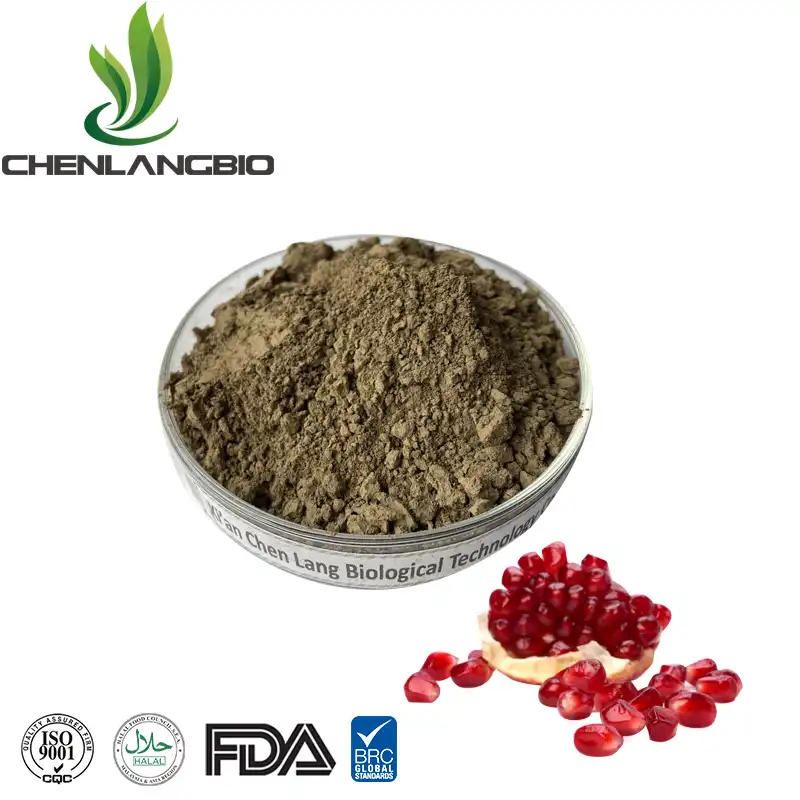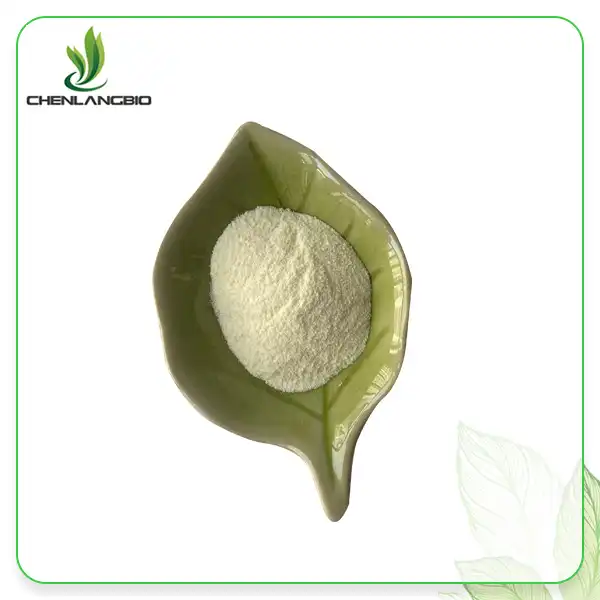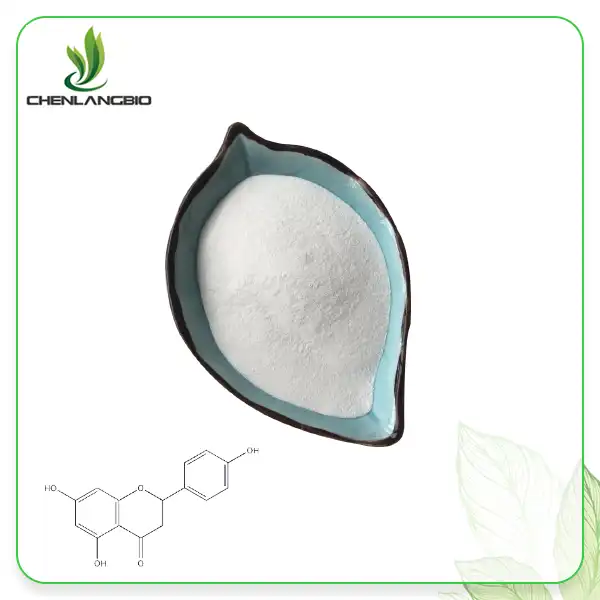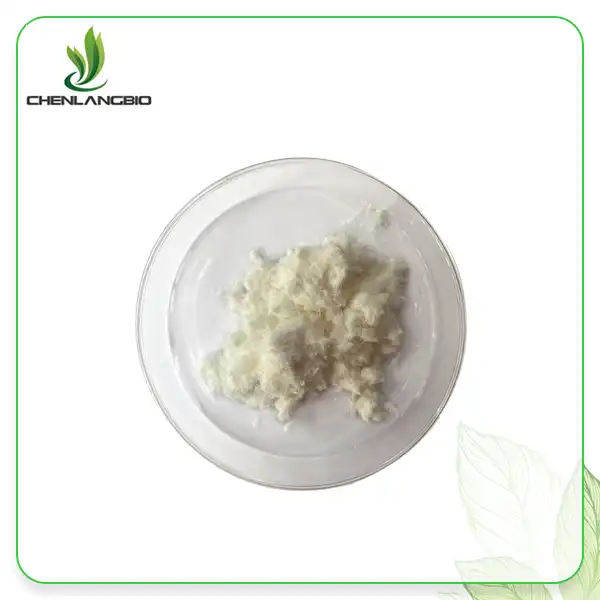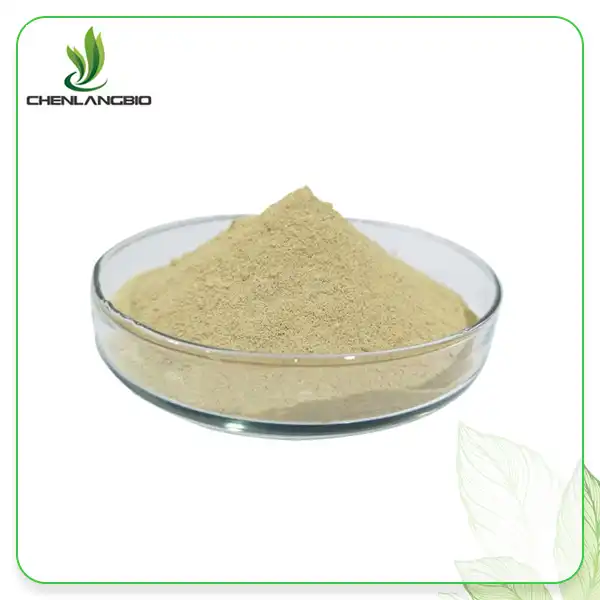What is 4-Hexylresorcinol in Food
2024-07-03 17:32:33
4-Hexylresorcinol is a synthetic organic compound widely used in various industries, including cosmetics, pharmaceuticals, and notably, the food industry. Its primary function in food is as a preservative due to its potent antimicrobial properties. This blog explores the use of 4-hexylresorcinol in food, addressing its safety, benefits, regulatory status, and more. Understanding these aspects can help consumers make informed choices about the products they consume.

How is 4-Hexylresorcinol Used in the Food Industry
4-Hexylresorcinol serves multiple purposes in the food industry, primarily focusing on preservation and shelf-life extension.
Food Preservation
One of the most significant uses of 4-hexylresorcinol in food is as a preservative. Its antimicrobial properties help inhibit the growth of bacteria, fungi, and other microorganisms that can spoil food. This makes it particularly valuable in extending the shelf life of perishable items such as seafood, meat, and dairy products. By preventing microbial growth, 4-hexylresorcinol helps maintain the freshness and safety of food products for a longer duration.
Prevention of Enzymatic Browning
4-Hexylresorcinol is also effective in preventing enzymatic browning in foods such as fruits and vegetables. Enzymatic browning occurs when polyphenol oxidase (PPO) enzymes react with phenolic compounds in the presence of oxygen, leading to discoloration. This browning can affect the visual appeal and perceived freshness of produce. By inhibiting PPO activity, 4-hexylresorcinol helps maintain the color and quality of fresh-cut fruits and vegetables, making them more attractive to consumers.
Use in Seafood
In the seafood industry, 4-hexylresorcinol is commonly used to prevent the formation of black spots, also known as melanosis, on crustaceans like shrimp and lobster. Melanosis is caused by the oxidation of phenolic compounds in the exoskeleton of these animals, leading to unattractive black spots. Treatment with 4-hexylresorcinol inhibits this oxidation process, ensuring that seafood maintains its visual quality during storage and transportation.
Is 4-Hexylresorcinol Safe for Consumption
The safety of food additives is a primary concern for consumers and regulatory bodies alike. Here, we delve into the safety profile of 4-hexylresorcinol.
Toxicological Studies
Several toxicological studies have been conducted to assess the safety of 4-hexylresorcinol for human consumption. These studies generally indicate that 4-hexylresorcinol is safe when used within recommended limits. Acute toxicity studies show that it has a low toxicity profile, with high doses required to produce adverse effects in animal models. Chronic toxicity studies, which examine long-term exposure, have not demonstrated significant health risks, further supporting its safety.
Regulatory Approval
4-Hexylresorcinol has received regulatory approval from several major food safety authorities, including the Food and Drug Administration (FDA) in the United States and the European Food Safety Authority (EFSA). These regulatory bodies evaluate the safety of food additives based on rigorous scientific evidence, including toxicological data and real-world usage. The approval from these agencies indicates that 4-hexylresorcinol is considered safe for use in food products when used according to specified guidelines.
Acceptable Daily Intake (ADI)
The concept of Acceptable Daily Intake (ADI) is used to determine the maximum amount of a substance that can be consumed daily over a lifetime without posing significant health risks. The ADI for 4-hexylresorcinol has been established based on available toxicological data. For most consumers, the levels of 4-hexylresorcinol present in food products are well below the ADI, ensuring safety even with regular consumption.
What Are the Benefits of 4-Hexylresorcinol in Food
Beyond its role in preservation, 4-hexylresorcinol offers several benefits that enhance food quality and safety.
Enhanced Shelf Life
One of the primary benefits of using 4-hexylresorcinol is the extension of shelf life for various food products. By inhibiting microbial growth and enzymatic browning, this compound helps maintain the freshness and quality of food for a longer period. This is particularly beneficial for perishable items that have a short natural shelf life, such as seafood, meat, and fresh produce.
Improved Food Safety
The antimicrobial properties of 4-hexylresorcinol contribute significantly to food safety. By reducing the microbial load on food products, it helps lower the risk of foodborne illnesses caused by bacteria such as Salmonella, E. coli, and Listeria. This is especially important in the seafood and meat industries, where contamination can have severe health implications.
Aesthetic and Sensory Quality
In addition to safety and shelf life, 4-hexylresorcinol helps improve the aesthetic and sensory quality of food. For instance, by preventing enzymatic browning in fruits and vegetables, it helps retain their natural color and appearance, making them more appealing to consumers. In seafood, it prevents melanosis, ensuring that products like shrimp and lobster remain visually attractive. This enhances consumer satisfaction and can positively impact sales.
Are There Any Concerns Associated with 4-Hexylresorcinol
Despite its benefits, some concerns and misconceptions about the use of 4-hexylresorcinol in food may arise. It's important to address these concerns based on scientific evidence and regulatory insights.
Potential Health Risks
While 4-hexylresorcinol is generally considered safe, some consumers may have concerns about potential health risks. These concerns often stem from a general skepticism about synthetic food additives. However, as previously discussed, extensive toxicological studies and regulatory approvals support the safety of 4-hexylresorcinol when used within recommended limits. The key is to adhere to the guidelines provided by regulatory bodies to ensure safe consumption levels.
Environmental Impact
Another concern related to the use of 4-hexylresorcinol in the food industry is its environmental impact. The production and disposal of synthetic chemicals can have environmental consequences. It's crucial for manufacturers to implement sustainable practices and ensure that the use of 4-hexylresorcinol does not adversely affect the environment. This includes proper waste management and exploring eco-friendly alternatives where possible.
Consumer Perception
Consumer perception of synthetic additives can influence their acceptance and use in the food industry. Some consumers prefer natural alternatives and may be wary of synthetic compounds like 4-hexylresorcinol. Transparency in labeling and educating consumers about the safety and benefits of 4-hexylresorcinol can help address these concerns. Providing clear information about the role of 4-hexylresorcinol in food preservation and its safety profile can build consumer trust.
Conclusion
4-Hexylresorcinol is a versatile and effective compound used in the food industry primarily for its preservative properties. Its ability to inhibit microbial growth and prevent enzymatic browning makes it invaluable in extending the shelf life and maintaining the quality of various food products. Backed by extensive toxicological studies and regulatory approvals, 4-hexylresorcinol is considered safe for consumption when used as directed. Understanding its benefits and addressing potential concerns can help consumers make informed choices about the foods they consume. For more information on products containing 4-hexylresorcinol and other innovative ingredients, feel free to contact admin@chenlangbio.com
References
Antimicrobial properties of 4-Hexylresorcinol: PubMed
Benefits of 4-Hexylresorcinol: ScienceDirect
Toxicological profile of 4-Hexylresorcinol: WebMD
FDA guidelines on food additives: FDA
EFSA evaluation of 4-Hexylresorcinol: EFSA
Enzymatic browning in fruits and vegetables: Healthline
Safety of synthetic food additives: Journal of Food Protection
Sustainability practices in food industry: Journal of Cleaner Production
Consumer perceptions of food additives: Food Quality and Preference
Mechanism of action of 4-Hexylresorcinol: Journal of Agricultural and Food Chemistry
For more detailed information and inquiries, contact admin@chenlangbio.com.
Send Inquiry
Related Industry Knowledge
- Everything You Need to Know About Sesamin Powder
- How to Make Centella Asiatica Extract?
- Is Phellinus Linteus Edible
- How Should Kopexil be Applied for Best Results?
- Pure Fisetin: Benefits, Dosage, and Safety
- What is the Best Way to Store Mung Bean Peptide Powder
- Where Does Green Tea Extract Come From
- What Is the Difference Between Ascorbic Acid and Sodium Ascorbyl Phosphate
- What Are the Side Effects of Bakuchiol
- What are the Benefits of Magnolol




